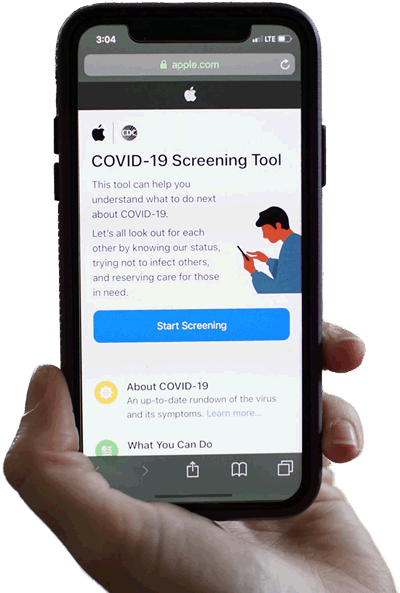Connecting a fragmented system in hospital management is a critical step towards achieving efficient healthcare delivery. Fragmentation within a hospital management system often arises due to disparate software platforms, data silos, and inefficient communication channels. This fragmentation can lead to various issues such as redundant data entry, errors in information transfer, delays in patient care, and increased administrative burden. However, by implementing strategies to connect and integrate these fragmented systems, hospitals can significantly enhance their operational effectiveness and improve patient outcomes.
One of the key strategies in connecting a fragmented system is the implementation of an integrated Electronic Health Record (EHR) system. An EHR serves as a centralized repository for patient information, including medical history, test results, medication records, and treatment plans. By consolidating this information into a single platform, healthcare providers can access comprehensive patient data in real-time, streamlining clinical workflows and improving decision-making processes.
Furthermore, interoperability standards play a crucial role in connecting disparate systems within a hospital environment. Interoperability standards, such as HL7 (Health Level Seven) and FHIR (Fast Healthcare Interoperability Resources), enable seamless exchange of data between different healthcare IT systems, regardless of vendor or platform. By adhering to these standards, hospitals can ensure that vital patient information flows efficiently between various departments, healthcare providers, and external stakeholders, such as laboratories and pharmacies.






Make an Appointment